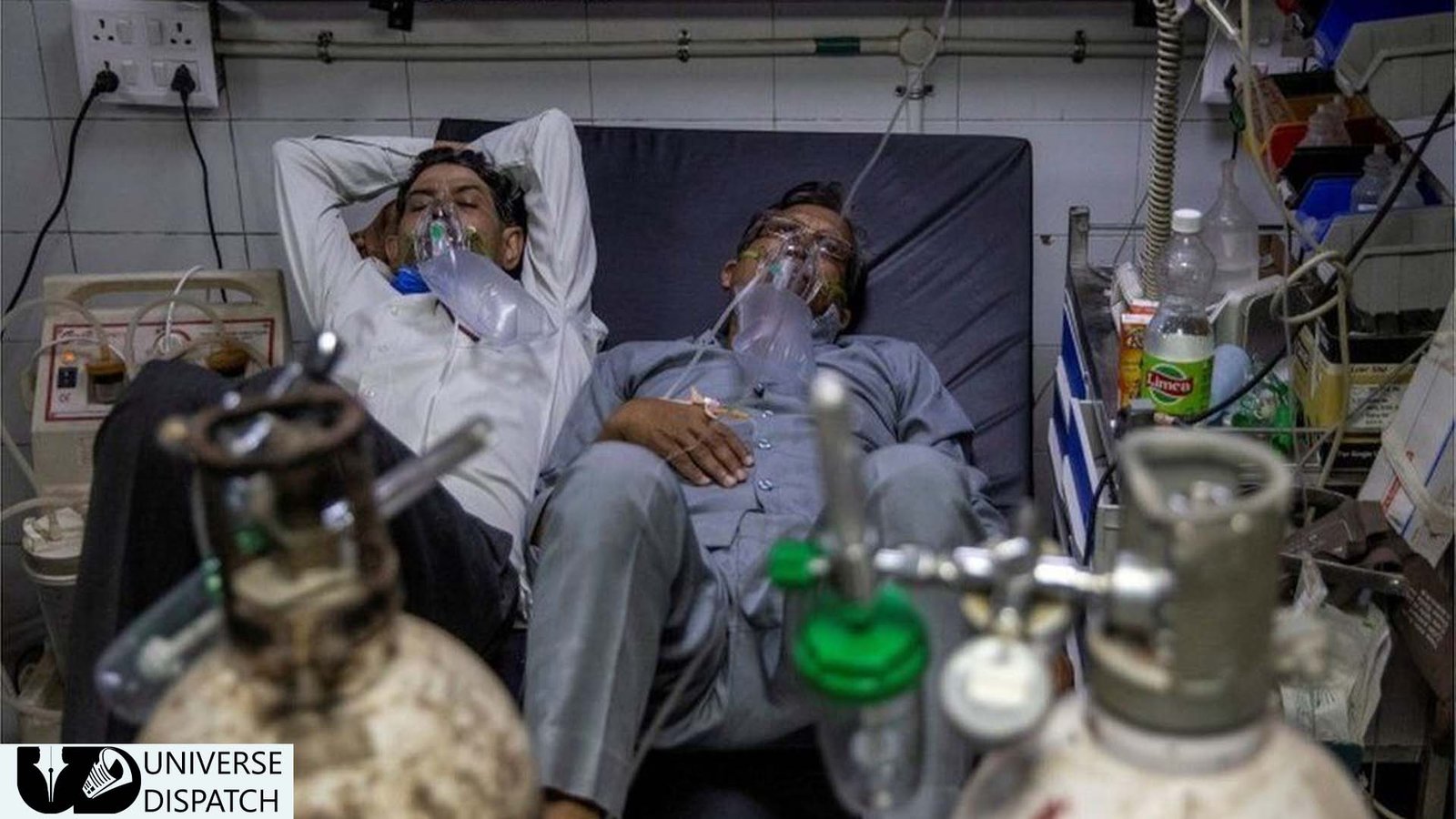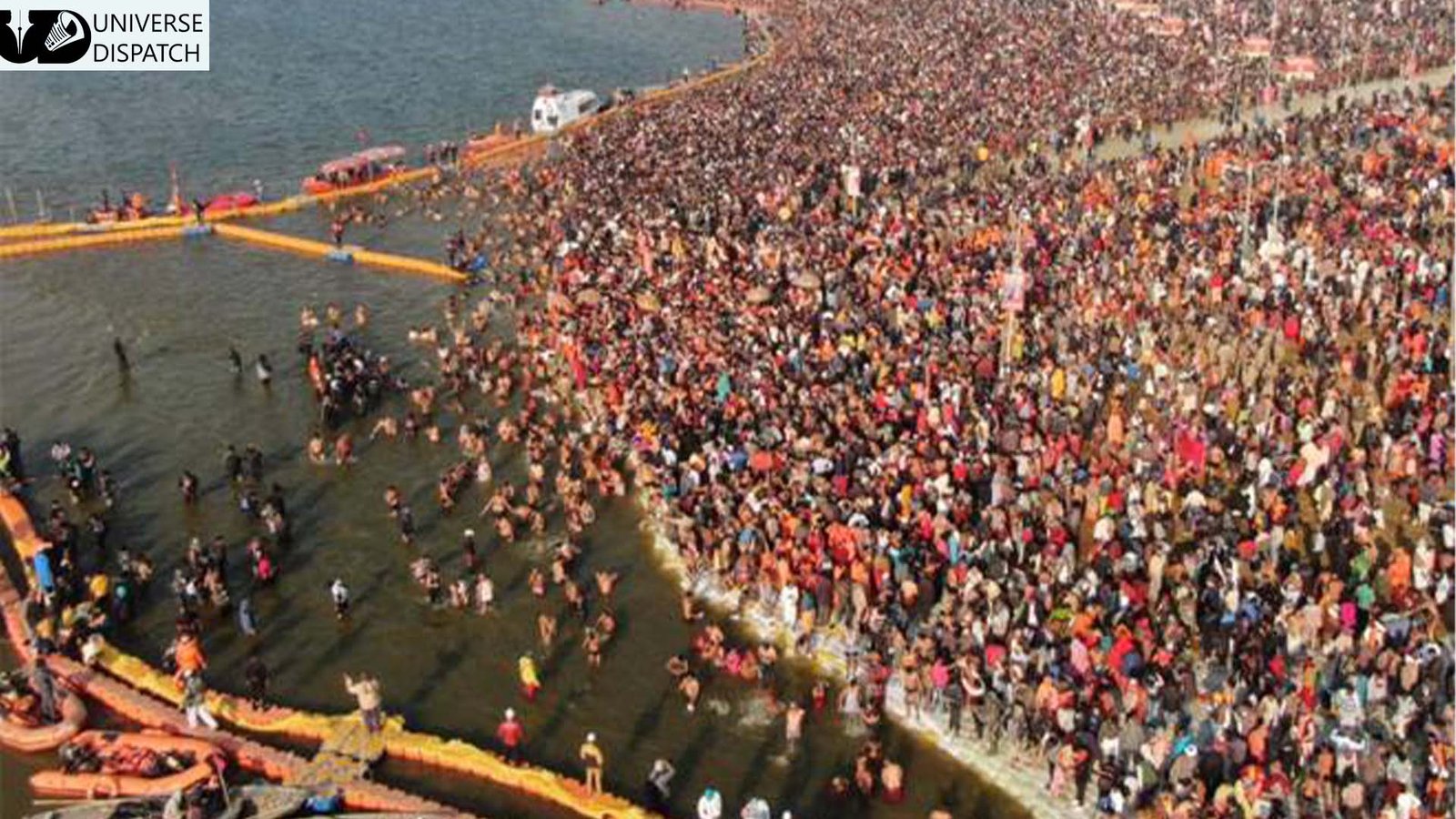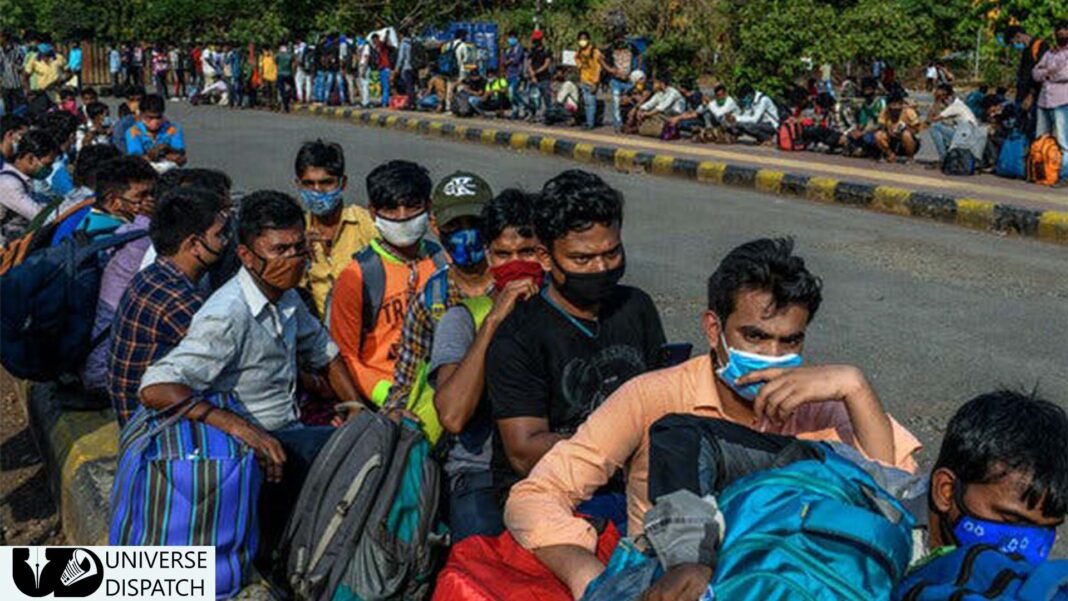How India failed to prevent a deadly second wave
Second wave: In early March, India’s health minister Harsh Vardhan declaring the country was “in the endgame” of the Covid-19 pandemic. Mr. Vardhan also lauded Prime Minister Narendra Modi‘s leadership as an “example to the world in international co-operation.
January onwards, India had begun shipping doses to foreign countries as part of its much-vaunted “vaccine diplomacy”. Mr. Vardhan‘s unbridled optimism was based on a sharp drop in reported infections. Since a peak of more than 93,000 cases per day on average in mid-September, infections had steadily declined.
Moreover, by mid-February, India was counting an average of 11,000 cases a day. The seven-day rolling average of daily deaths from the disease had slid to below 100. The euphoria at beating the virus had been building since the late year. Politicians, policymakers, and parts of the media believing that India was truly out of the woods.
In December, the central bank officials announced that India was bending the Covid infection curve. There was evidence, they said, in poetic terms, that the economy was “breaking out amidst winter’s lengthening shadows towards a place in sunlight”. Mr. Modi was calling a “vaccine guru”.

At the end of February, India’s election authorities announced key elections. In five states where 186 million people were eligible to vote for 824 seats. Beginning 27th March, the polls would stretch over a month. And in the case of the state of West Bengal, be held in eight phases.
On the other side, campaigning had begun in full swing, with no safety protocols and social distancing. In mid-March, the cricket board allowed more than 1,30,000 fans, mostly unmasked, to watch two international cricket games between India and England at the Narendra Modi stadium in Gujarat.
Shortage of vaccines;
Even India’s huge vaccination effort was now struggling. In the beginning, the rollout had been involving in a controversy over the efficacy of a home-grown candidate. Even as the country ramped up the drive and administering more than 100 million doses by last week, vaccine shortages were reporting.
While Serum Institute of India, the country’s and the world’s biggest vaccine. Maker said it would not be able to ramp up supplies before June because it didn’t have enough money to expand capacity. India placing a temporary hold on all exports of the Oxford-AstraZeneca coronavirus vaccine because the doses were needing urgently at home.
Devotees at the Kumbh Mela festival;
Meanwhile, almost in a parallel universe, away from death and despair, the world’s richest cricket tournament playing behind closed doors every evening. And tens of thousands of people were following their leaders to election rallies and attending the Hindu festival of Kumbh Mela.

India’s second wave is fuelling by people letting their guard down, attending weddings and social gatherings. And by mixed messaging from the government, allowing political rallies and religious gatherings. While in mid-February, Bhramar Mukherjee, a biostatistician at the University of Michigan. Tweeted that India needed to “accelerate the vaccination drive while the case count is low”.
People should also learn to adapt to short, local lockdowns in the event of the inevitable future spikes of infection. Most epidemiologists predict more waves, given that India is evidently still far away from reaching herd immunity and its vaccination rate remains slow.




